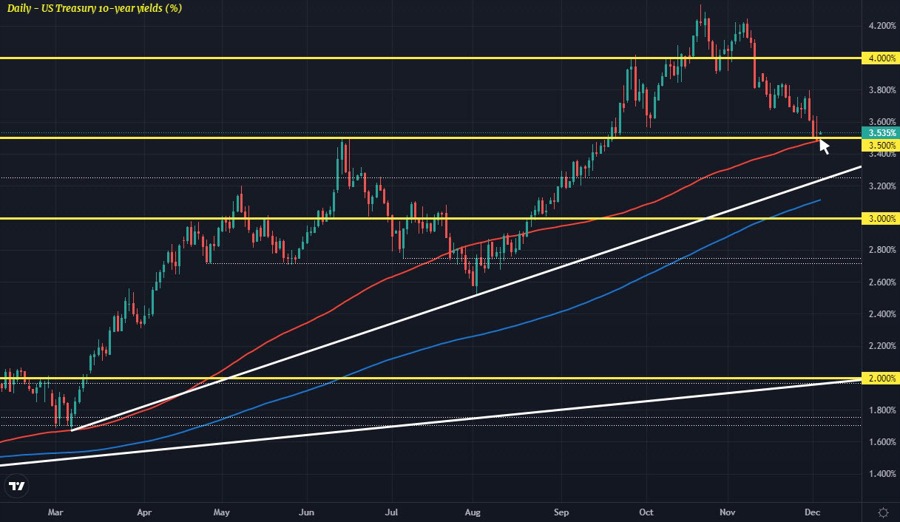Effects of Dollar Vulnerabilities on Bond Yields
What the Technical Analysis is Telling Us
Yields in the bond market are currently hovering just above their 100-day moving average, indicating a delicate balance between supply and demand. This suggests that investors are closely monitoring the performance of the dollar in relation to other currencies, particularly the Japanese yen.
The Interplay Between Dollar and Bond Market
The vulnerability of the dollar against a basket of major currencies is a key factor driving market sentiment. As the dollar weakens, it puts pressure on bond yields to remain stable or even decline. This relationship is crucial for traders and investors to understand, as it can have far-reaching implications for the broader financial markets.
Implications for Individual Investors
For individual investors, the movement of bond yields and the dollar can have a direct impact on investment decisions. A weakening dollar may lead to higher inflation, which in turn could erode the value of investments denominated in the currency. Monitoring these trends closely can help individual investors protect their portfolios and potentially capitalize on market opportunities.
Global Impact of Dollar Vulnerabilities
The ripple effects of dollar vulnerabilities extend far beyond individual investors to the global economy. A weakening dollar can impact international trade, inflation rates, and the overall stability of financial markets around the world. Central banks and policymakers closely monitor these developments to mitigate any potential risks to their economies.
Conclusion
In conclusion, the interplay between the dollar and bond yields is a complex and important dynamic that can have significant implications for investors and the global economy. By staying informed and understanding the underlying factors driving these trends, investors can position themselves to navigate market volatility and seize opportunities for growth.





